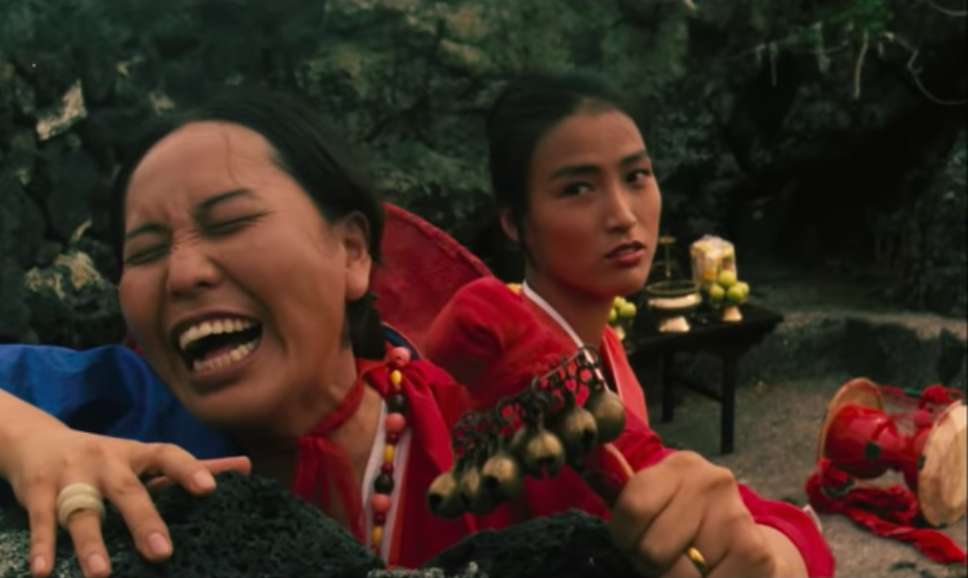
Every Westerner with an interest in Korea remembers when they first realized just how different Korea is from the rest of Asia. The contrast with Japan and China is especially notable, given that many Westerners at first see those countries as culturally indistinguishable from Korea. But it doesn’t take much observation before distinctive elements start to emerge: the popularity of Christianity, to name one highly visible example, at least if all the neon crosses glowing red on Seoul skyline’s are any indication. But despite the surprising influence that particular faith now commands in Korea — mainly in the form of Protestantism, though Korean Catholicism can hardly be ignored — it hasn’t entirely overwritten more deeply rooted belief systems like mugyo, a form of shamanism practiced mainly by women.
That folk religion may date back to prehistory, but its traces still appear in countless forms throughout modern Korean society. “One suspects something wrong happened on the way to modern nationhood in Korea,” wrote Ian Buruma after coming to this country during the 1988 Olympics. “An unfortunate synthesis must have occurred between West and East. The West, usually via Japan in the 1920s and 1930s, gave Korea half-baked German notions of Blood and Soil; it also exported, mostly from America, the equally half-baked notions of vulgar evangelism. Korea contributed an emotional legacy of historical bitterness and a propensity for shamanistic rites.” This mixture, in varying proportions, had also long been appearing in Korean cinema. About a decade before Buruma’s visit, one film used those shamanistic in service of a haunting story that plunges deep into the country’s psychological recesses: Kim Ki-young’s Iodo (이어도).
Read the whole thing at the Los Angeles Review of Books.